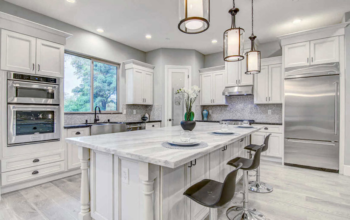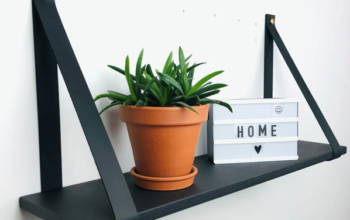Ethical design. It’s heavily discussed, but what does it truly mean? The definition has always been diffuse, and it’s becoming even less clear as advances in design outpace laws and regulations.
A designer can get lost pondering how right and wrong apply to product development. From a practical perspective, however, ethical design is really about considering the footprint of a product: Does it degrade the environment? Are workers treated fairly? Does it add or detract from the marketplace? The answers may not be straightforward.
Professional norms compel all designers to act ethically, but consumers put on the pressure, too: One survey showed that 87 percent of people would be more likely to purchase a product that shares their personal ethics. Even still, there’s no fail-safe way to design ethically. Rather, it’s a product of process and conscious consideration.
Over the course of my career, I’ve learned how to balance ethical obligations with all the other demands on designers. Here’s how:
Treat Ethics as a Guiding Principle
Clients don’t disregard ethics, but realistically, other concerns take priority. Consumers, by contrast, care a lot about ethics but lack the resources to evaluate the relative virtues of a product.
Ultimately, it’s up to the designer alone to acknowledge the importance of ethics and feature it in the finished product.
Considering things like product safety, quality, and environmental impact are essential elements of the design process. Taking into account the well-being of workers and the effects on consumers is also imperative. Even when designers can’t make demands, they can still create change.
The metaphor of frozen water in a crack splitting apart a boulder is apt: Ethical designers can engineer big changes, even through small acts and unwavering persistence.
Focus on Materials and Manufacturing
A big part of the designer’s job is keeping material and manufacturing costs in check. However, when cost is the only concern, ethics inevitably suffer. The finished products may be cheap, but their consequences loom large. Luckily, putting a premium on ethics leads to better products overall.
EVA foam is more expensive than some of the alternatives, but it has fantastic longevity. Consequently, products with EVA foam last longer, and fewer end up in the landfill. The right material selection makes the product more ethical, and from the consumer’s perspective, it’s higher quality, too.
Make a Business Case for Ethics
I learned a powerful lesson about ethical design after traveling to the jungles of Southeast Asia. Even in some of the most remote areas, we found piles of plastic bottles littering the ground. The real impact of design decisions was made crystal clear.
The only problem is that I can’t use this anecdote to compel clients to act ethically.
The better approach is to make a business case for ethics. Responsible products command a higher price and signal higher quality. Plus, ethical responsibility is a powerful marketing tool. If clients believe ethical products will sell more, they’ll pay the higher costs.
Strive for Simplicity
Complex designs aren’t necessarily unethical, but the more bells and whistles a product has the larger its footprint. Plus, those extra features help products grab attention but don’t automatically become more valuable to consumers.
Simplicity is the hallmark of good design for lots of reasons, including the fact that simple designs tend to be more sustainable, honest, and ethical overall.
Ethical design is neither an abstract ideal nor an unattainable agenda. It’s a feature of every decision a designer makes — at least it can and should be.
Victor Lazzaro is the resident product development specialist of PopFoam, the leader in the injection molded EVA closed-cell foam process that specializes in complex geometrics. As an independent designer, Victor has been consulting with PopFoam for 16 years and has worked with the company in a number of different applications.
Related Posts

Loves home. I am here to provide how to make your home a much better place. 🙂 Blogging about HomeDecor, Home Improvements and more.











